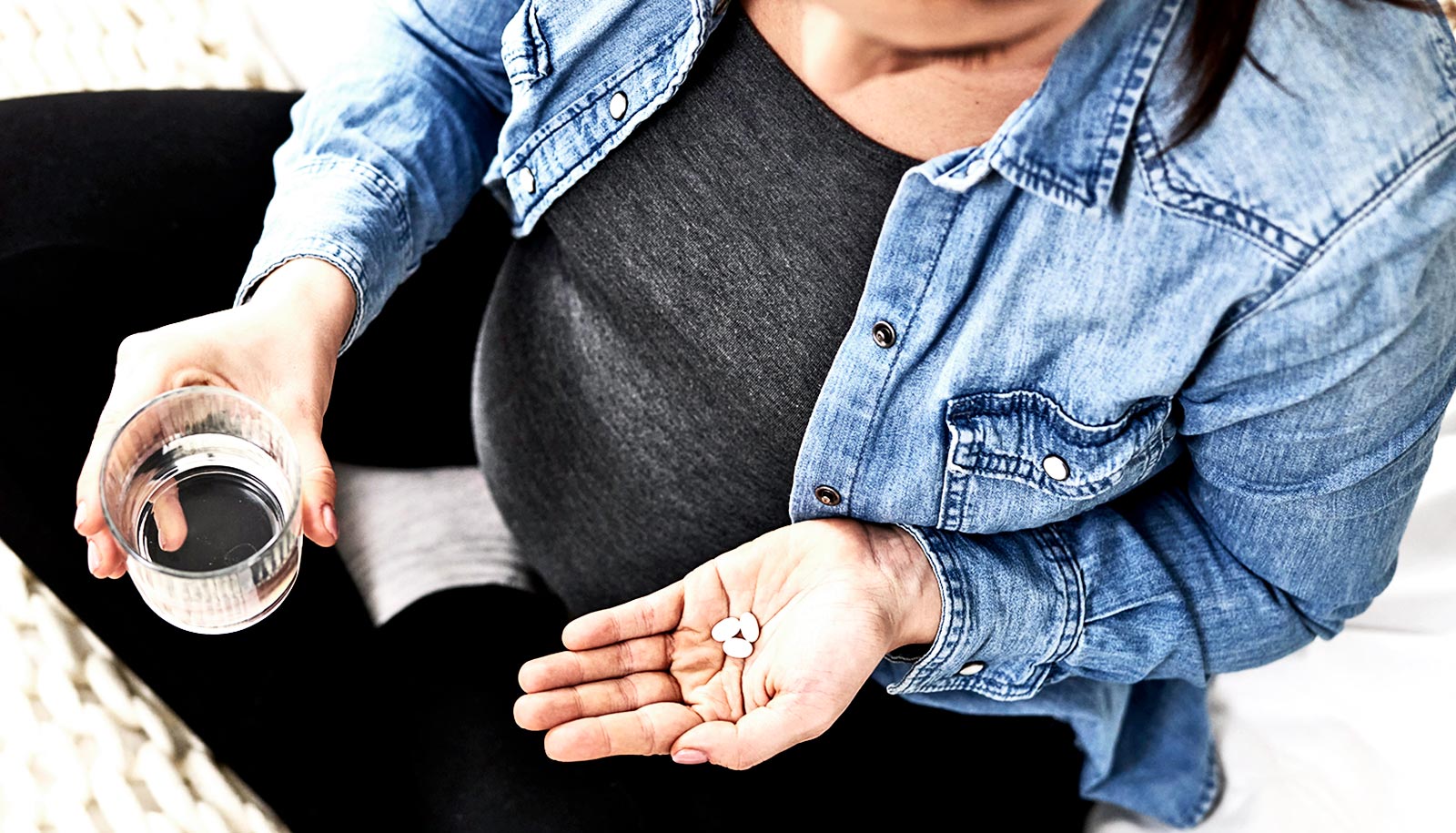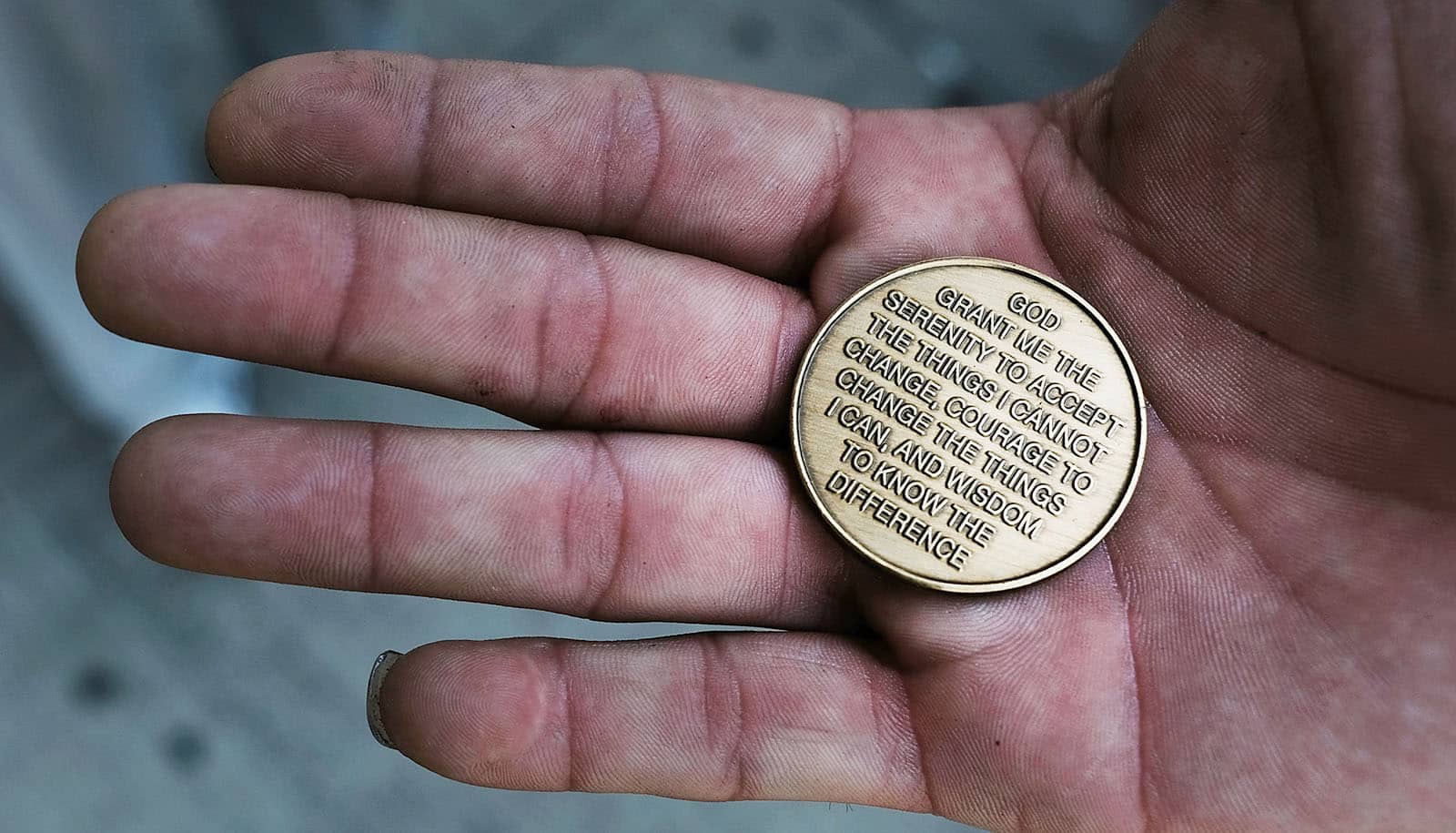Research shows that pharmacies can be a safe and accessible treatment starting point for people with opioid use disorder—and keep them better engaged than usual care with a physician.
The study in the New England Journal Medicine finds that pharmacists—not just physicians at clinics and doctor’s offices—can safely and effectively start patients with opioid use disorder on the lifesaving medication buprenorphine.
“With over 100,000 overdose deaths in 2022 and an opioid crisis impacting states across the country, improving access to buprenorphine is a critical and necessary next step,” says Traci Green, lead study author and co-director of Rhode Island Hospital’s Center of Biomedical Research Excellence on Opioids and Overdose.
“Dramatically increasing capacity to provide good, lifesaving treatment for people with opioid use disorder through pharmacies is an approach that could be ramped up today,” says Green, who is also an adjunct professor at Brown University’s Warren Alpert Medical School. “It’s a game-changer.”
The first-of-its-kind pilot study documents the experiences of 100 patients who started taking buprenorphine after visiting a specially trained pharmacist for their care. Once stabilized on the medication, 58 patients were randomly assigned to receive either continued care in the pharmacy or usual care in a clinic or physician’s office.
After one month, the patients in the pharmacy care group showed dramatically higher rates of retention: 25 patients (89%) continued to receive treatment in the pharmacy compared to five (17%) in the usual care group.
“To have so many people in the pharmacy group continue on with their care was completely unexpected,” Green says. “The results from this pilot study show how pharmacies can be an effective and viable pathway to treatment for opioid use disorder.”
Access to addiction care
A third of patients in the study identified as Black, Indigenous, or persons of color, and almost half were without a permanent residence.
“Considering overdose deaths are increasing the fastest among Black and Hispanic communities and over 1,500 Rhode Islanders are currently unhoused, pharmacy-based addiction care models could be a pathway to promote racial and economic equity in accessing addiction treatment,” says study author Josiah D. Rich, a professor of medicine and epidemiology at Brown.
“Treatment with medications can only work if it is available and accessible in the community,” says Rich, who is also an attending physician at the Miriam and Rhode Island Hospitals. “Opioid use disorder is too often a lethal disease, and it kills by stigma and isolation. Widespread, equitable access to effective treatment is the answer. Our study showed that the pharmacy treatment model increases access, which benefits a diverse patient population and increases equity.”
Buprenorphine at the pharmacy
Buprenorphine is an opioid agonist/antagonist medication that has proven safe and effective in treating opioid withdrawal, Rich notes, and has been approved by the US Food and Drug Administration to treat opioid use disorder.
Currently, patients with an opioid use disorder who are prescribed buprenorphine or naltrexone must see an approved physician or go to a US Drug Enforcement Agency-approved opioid treatment facility for their care. Patients typically then have the medications dispensed at the clinic or go to the pharmacy to pick them up.
Regulatory hurdles have prevented widespread use of buprenorphine, the researchers note; a 2019 national survey found that 80% of people with substance use disorder never receive any evidence-based medication treatment. Those who are prescribed treatment often face barriers such as long-distance travel to clinics, inconvenient clinic hours, time-consuming paperwork and bureaucracy, stigma, and more.
“We have a serious treatment gap—we are missing 90% of the people with opioid use disorder who need and want treatment,” says Jeffrey Bratberg, a study author and clinical professor of pharmacy practice at the University of Rhode Island College of Pharmacy. “Pharmacists are an underutilized partner in the health care workforce, especially the behavioral health care workforce. There is a pharmacy within 5 miles of where 95% of Americans live.”
Pharmacist reflections
The study enabled pharmacists trained in the foundations of addiction treatment to instead be a convenient and community-located place for patients to go for care and access medication. At the “one-stop” community pharmacy visit, patients filled their prescriptions, obtained medication management, and received follow-up care.
Genoa Healthcare, a provider of specialized pharmacy care for behavioral health and substance use disorder communities, supported a team of 21 pharmacists in training to provide buprenorphine care at six of its community pharmacies in Rhode Island.
Linda Rowe-Varone, one of the clinical pharmacists who provided buprenorphine to patients enrolled in the study, says one of her patients is a mother who lives near the Genoa Healthcare pharmacy in Providence. This patient told Rowe-Varone that she found the pharmacy hours to be much more convenient than the clinic she previously visited and that she felt safe and comfortable enough at the pharmacy to bring her children with her to treatment appointments.
Rowe-Varone says she appreciated the opportunity to work with the individuals enrolled in the study.
“I met people who could be my family members, my neighbors, people I work with, people I pass walking on the street, and they would come into our pharmacy for help,” she says. “They wanted to become healthy again… I feel as if we’re right there for them.”
Urgent action
The opportunity to open pharmacies for addiction treatment is expanding in 2023, the researchers note: Changes that President Joe Biden signed into law will make it easier and less cumbersome for trained health professionals to prescribe buprenorphine. Currently, 10 states allow pharmacists to obtain DEA authorization to prescribe controlled substances such as buprenorphine, which means the pharmacy treatment approach would be locally feasible.
The COVID-19 pandemic highlighted the importance of being able to quickly devise and implement new ways of delivering health care, Green says.
“During the COVID-19 crisis, we were able to quickly figure out how to deliver immunizations on a mass scale, and pharmacies were an important part of that model,” Green says. “The opioid crisis has been going on for some time, with over 100,000 people dying each year. There is an urgent need for new ways to get people the treatment they need.”
To spread the word about their findings, the team created a shareable video that illustrates the process of the study and includes patient feedback.
The study was a collaboration among Genoa Healthcare, the researchers, and leaders at the Rhode Island Health Department and the Rhode Island Department of Behavioral Health, Developmental Disabilities and Hospitals, which created the legal and policy infrastructure to support the research and test the pharmacy care model. Green, Bratberg, and Rich serve as expert advisors to the Rhode Island Governor’s Overdose Prevention and Intervention Task Force.
Funding for the study came from the National Institute on General Medical Sciences and the National Institute on Drug Abuse.
Source: Brown University



